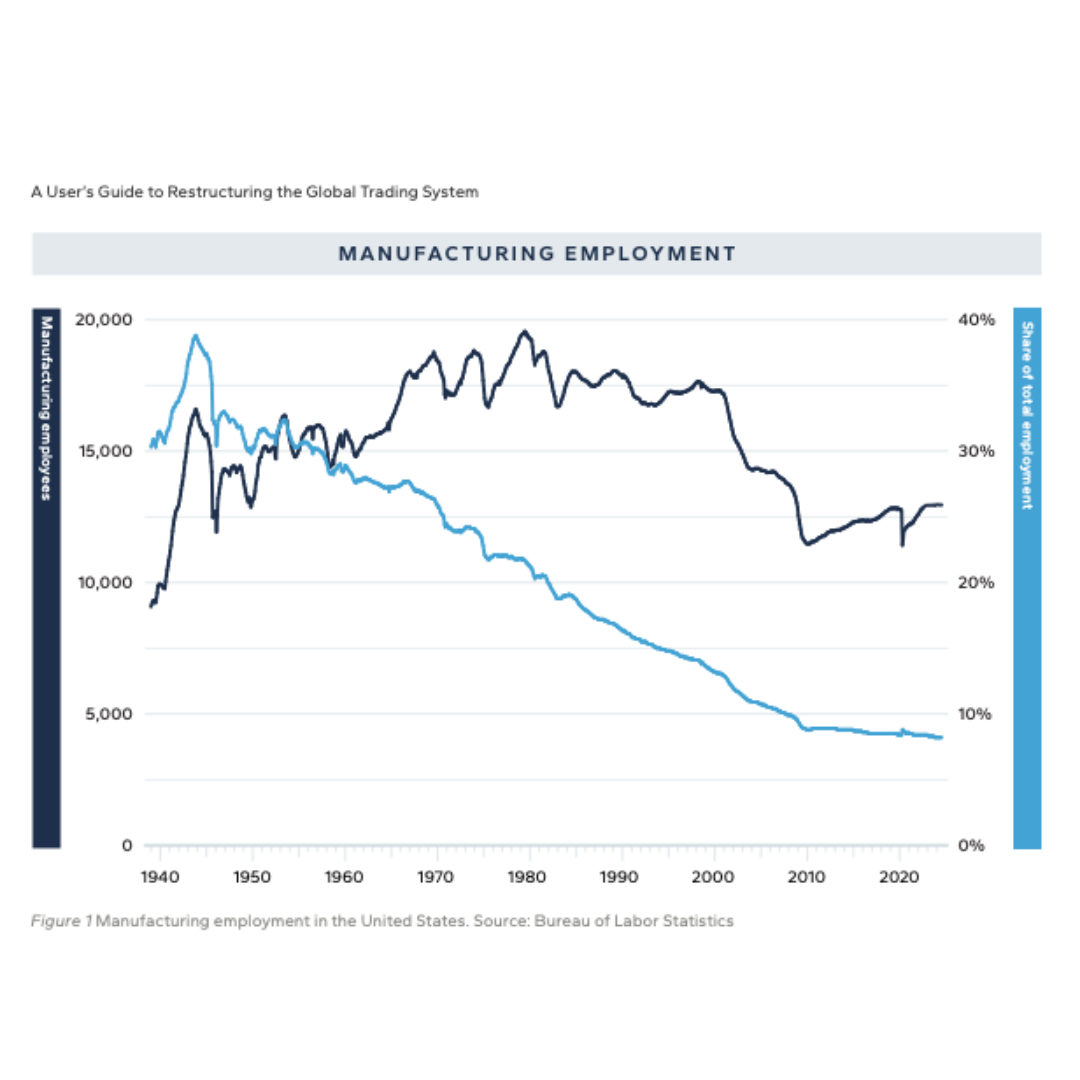This essay explores tools available to the U.S. government for restructuring the international trade and financial system, with emphasis on tariffs and currency policy.
This essay explores tools available to the U.S. government for restructuring the international trade and financial system, with emphasis on tariffs and currency policy.
 Read Full Article
Read Full Article